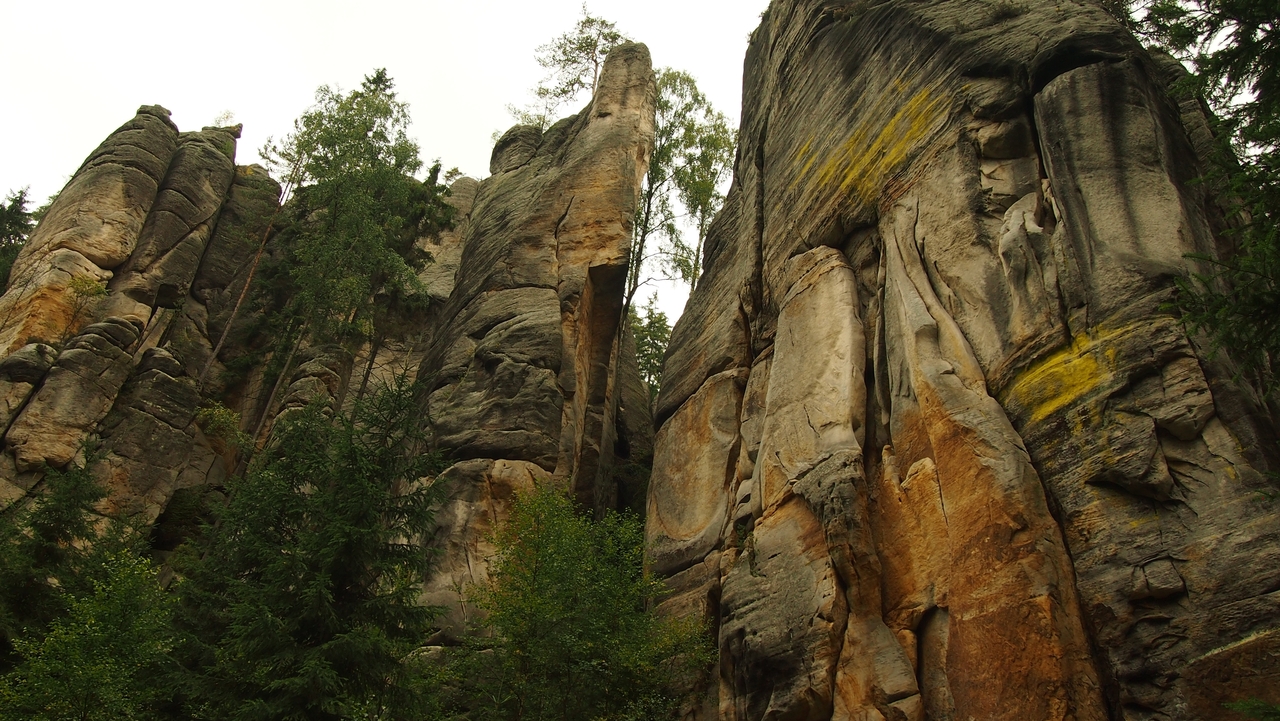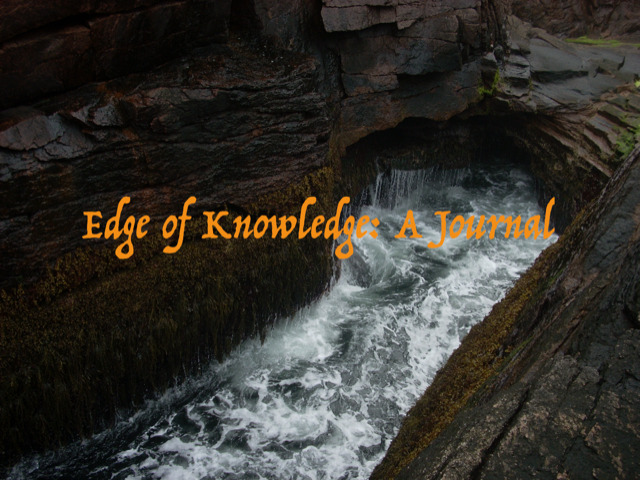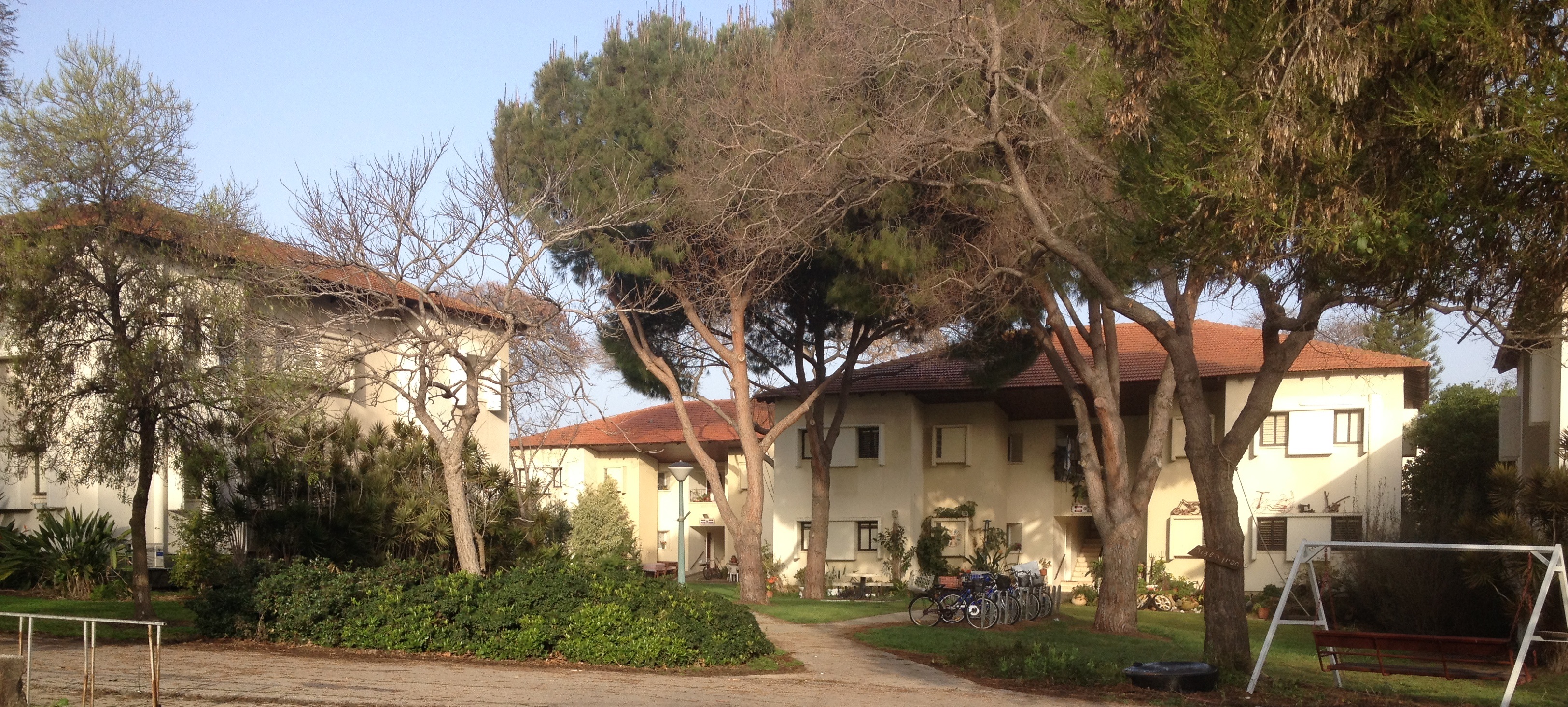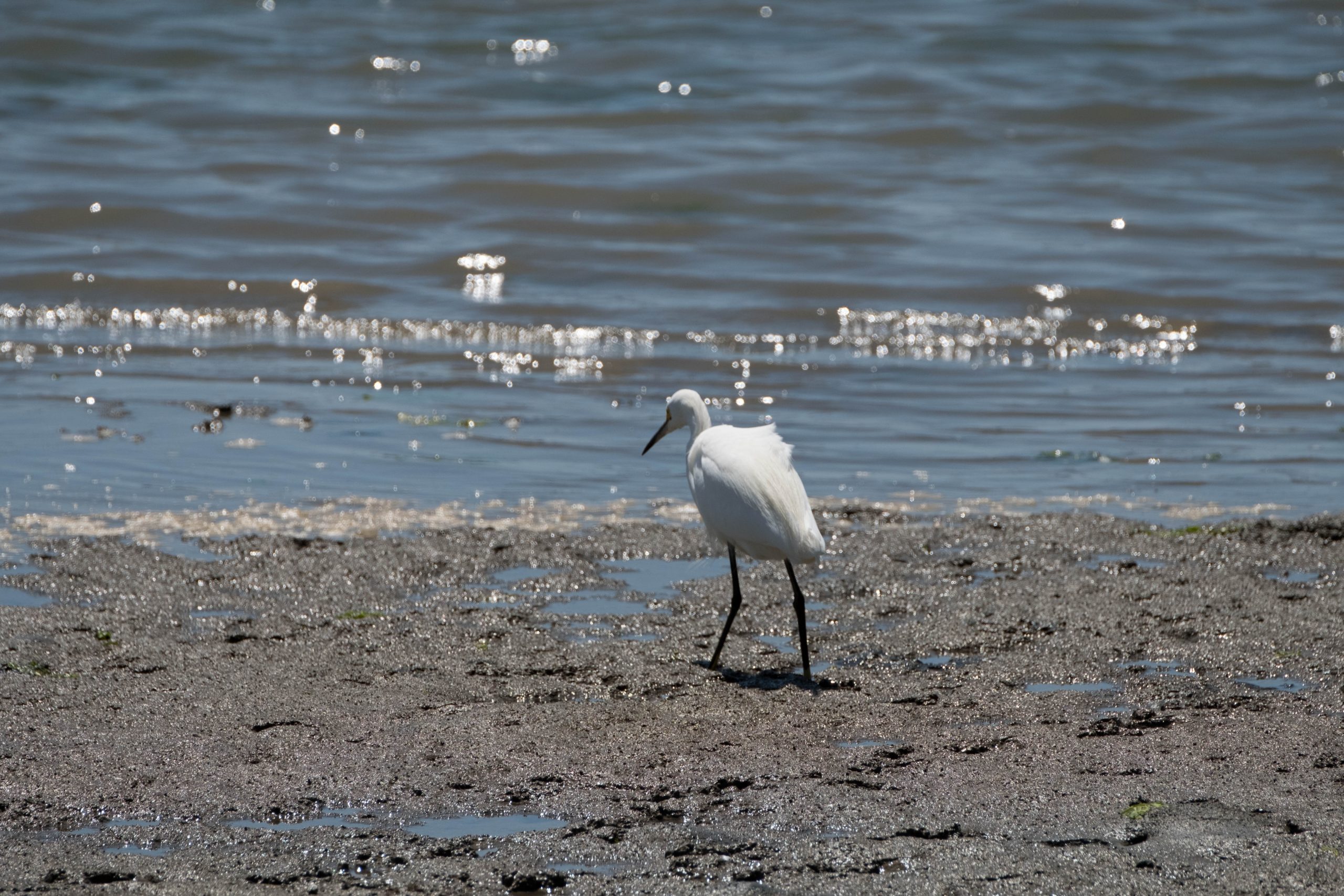
He thus became obsessed with the vision of a renewed Jewish state. He tried to solicit the help of wealthy French Jews such as the Rothschilds and Baron de-Hirsch’s family but to no avail. In a burst of creativity he wrote Der Judenstaat, – the Jewish State – a sixty three page pamphlet. In it he outlined a plan for creating a Jewish state and explained why doing so was entirely feasible. On the book’s final page, he wrote: “Let me repeat once more: The Jews who wish for a state will have it”.
As mentioned earlier, between Dreyfus’s humiliation and Hertzel’s death passed only ten years. Indeed, Dreyfus himself was not yet absolved of his crime when Hertzel died. However, in that decade Hertzel was able to lay the foundation of all the major structures of the Zionist movement. In 1897, he convened the First Zionist Congress in Basel, Switzerland. This city, which never had a Jewish population of more than a few thousands, became one of the most famous sites in Jewish history. Later, Hertzel will write in his journal: “In Basel I founded the Jewish State.”
Each year thereafter, the congresses grew in size. More and more Jews (and non-Jews) came to see the new movement titled “Zionism” as the one political movement that could actually address the Jewish People’s needs and the Jews’ problems, rather than a fantasy. Indeed, there were proposals suggesting various sites for Jewish homeland including “empty” lands in Argentina, Ukraine and Uganda, but the Land of Israel spoke to the heart of the Jews the world over and they responded to the dream with action. It turned out, that the seed of the hope for the return to the little land plot in the eastern Mediterranean area, expressed in prayers and poems for hundreds of years, just lay dormant but never disappeared. Now, with Hertzel and others is was reawakened.
Hertzel was both practical and insightful, and he didn’t just write about dreams and fantasy. He went to build processes and procedures to make the vision materialize. During his first years of Zionist activity, he tried to get the support of Turkey’s sultan since Turkey was then in control of the Land of Israel. He also tried to get help from the Sultan’s major supporter in Europe, the German Keiser. There were several years of raised hopes, then fruitless negotiations. Finally, in what might be perceived as an ‘out of the blue’ prophetic step, Hertzel’s efforts shifted to England. Indeed, in 1917, thirteen years after Hertzel died, England, supported by Jews in Palestine, sized the area from Turkey and began its mandate in the land of Israel. England then issued the Balfour Declaration, announcing that the British government “views with favor the establishment of a Jewish national homeland in Palestine” which paved the way for the future State of Israel. What began as a mere “hope” has transformed into a real, living, vibrant endeavor.
Transmitting Hope
In the Jewish tradition where transmission is viewed as crucial, it is taught that one can affect the future generations in either one of two ways: via one’s children or via one’s teachings, that is – in a physical manner or in a intellectual-spiritual manner. These two methods are exemplified by the two Biblical brothers and leaders, Moses and Aaron: Aaron’s progeny turned into the priestly family, and while we know little about Moses’ offspring, his teachings have outlived that of anyone else (in Hebrew he is called “our teacher”).
As mentioned earlier, Hertzel was often compared to Moses. The obvious reason is his leadership at a time when the Jews needed to be taken out of “slavery” in “narrow place” (which is the meaning of the Hebrew name for Egypt, Mitzrayim). They both grew up away from the “masses” and remained somewhat aloof. And sadly, Hertzel and Moses share the fact that we do not know much about either’s future generations. Perhaps like Moses too, Hertzel and his family paid a heavy personal price for the latter’s Zionist involvement. When Julie Naschauer married him in 1889 she had no idea that his life’s passion will take over, and he would be so obsessed with his dream of reviving the Jewish state and caring for the Jews’ future that he would have little time for his own family. The fate of Hertzel’s children was tragic: his older daughter, Pauline, died of drug addiction, and his son, Hans, committed suicide on the day of her funeral. The younger daughter, Trude, spent much of her life in and out of hospitals before dying in the Nazi concentration camp of Theresienstadt. Trude had only one child, but he committed suicide in 1946, and so today there are no living heirs of Hertzel. But instead, Hertzel left many ideological heirs, inspired by his extensive work.









